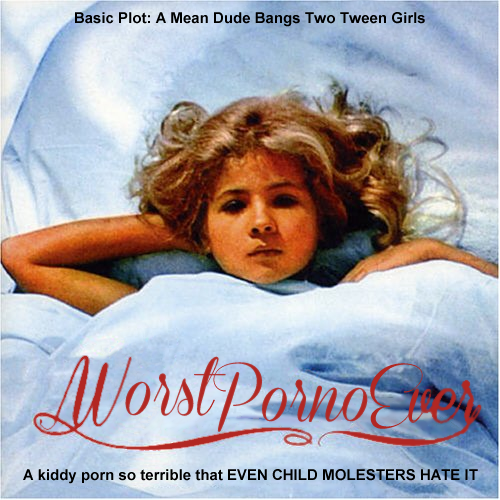
The film also contains frequent references to and several discussions of Friedrich Nietzsche's 1887 book On the Genealogy of Morality, Ezra Pound's poem The Cantos, and Marcel Proust's novel sequence In Search of Lost Time. The story is in four segments, inspired by Dante's Divine Comedy: the Anteinferno, the Circle of Manias, the Circle of Excrement, and the Circle of Blood. The film explores themes of political corruption, consumerism, authoritarianism, nihilism, morality, capitalism, totalitarianism, sadism, sexuality, and fascism. The libertines kidnap 18 teenagers and subject them to four months of extreme violence, sadism, and sexual and psychological torture. The film focuses on four wealthy, corrupt Italian libertines in the time of the fascist Republic of Salò (1943–1945). The film is a loose adaptation of the 1785 book (first published in 1904) The 120 Days of Sodom by the Marquis de Sade, set during World War II, and was Pasolini's final film, being released three weeks after his murder. Finally, it would be nice to see a film about young people discovering sex and love and joy without this sour undercurrent of punishment.Salò, or the 120 Days of Sodom ( Italian: Salò o le 120 giornate di Sodoma), titled Pasolini's 120 Days of Sodom on English-language prints and commonly referred to as simply Salò ( Italian: ), is a 1975 horror art film directed by Pier Paolo Pasolini. Wendel appears more attractive because she’s more delicate, more hesitant, and more sympathetic.
Maladolescenza plot skin#
Ionesco is an odd mixture of radiance and plainness, her golden hair all cloudlike and her skin fine, but her face is also rather ordinary looking from certain angles, and there’s something almost unformed and childlike about it, though her ease before the camera makes it difficult to spot (she was the favourite model for her mother, a famous photographer). Loeb is not a petulant adolescent, but he seems dissatisfied with things any boy his age would celebrate forever. Wendel is soft-looking, anxious, expectant, longing-she’s the best actor among them.
Maladolescenza plot movie#
The movie looks wonderful, with gorgeous photography of woods and meadows and ruins, and the three young actors are very nice to look at. What starts as an idyllic season succumbs to a corrosive pattern of conflating sex and power, so experimental cruelty is inevitable, and then the pastoral turns gothic. And Fabrizio kills her, just as he’s killed helpless birds already. Laura, who feels confused by Sylvia’s vulnerability and by her own diffidence (because she knows the way out), comforts the other girl. She can’t hear Fabrizio pleading to let their idyll continue. As the summer is about to end and she’s set to leave, he takes them into the cave again and tells Sylvia they’re lost-and she panics, weeping and saying she’ll go crazy and screaming. Fabrizio seems to get steadily worse, obsessed with living in the forest, imploring Sylvia to stay with him. She and Fabrizio torment Laura some more, in increasingly cruel ways, threatening to banish her, frightening her, shooting arrows at her, pretending to throw her from a cliff, making her serve them, and forcing her to watch them have sex.


This gets still worse when he discovers Sylvia, in some ways Laura’s opposite, confident, blonde, mean, and fearless. And then he’s back to his mean ways of frightening her or tantalizing her. They find a cave underneath the castle, and lost down there Fabrizio undresses her and they make love. The sexual tension between them is complicated by Laura’s desperate wish to please him and his pleasure in denying her any sort of satisfaction, even conversation or a modest kiss. Laura is eager to see him after a year apart, and she notes he has changed: he’s sullen and withdrawn and increasingly given to teasing and tormenting her. Laura and Fabrizio explore the forest and discover high in the wooded hills a ruined “magic” town. There are only three characters, Laura (Lara Wendel), Fabrizio (Martin Loeb), and Silvia (Eva Ionesco), and the story takes place in the forest near the young people’s summer homes. Away from home, people are sometimes on some kind of unknown time: the first or last happy time, the beginning of maturity, explorations of love, rites of passage. When Europeans make films about summer holidays, they often view the time and place as unknown zones.


 0 kommentar(er)
0 kommentar(er)
